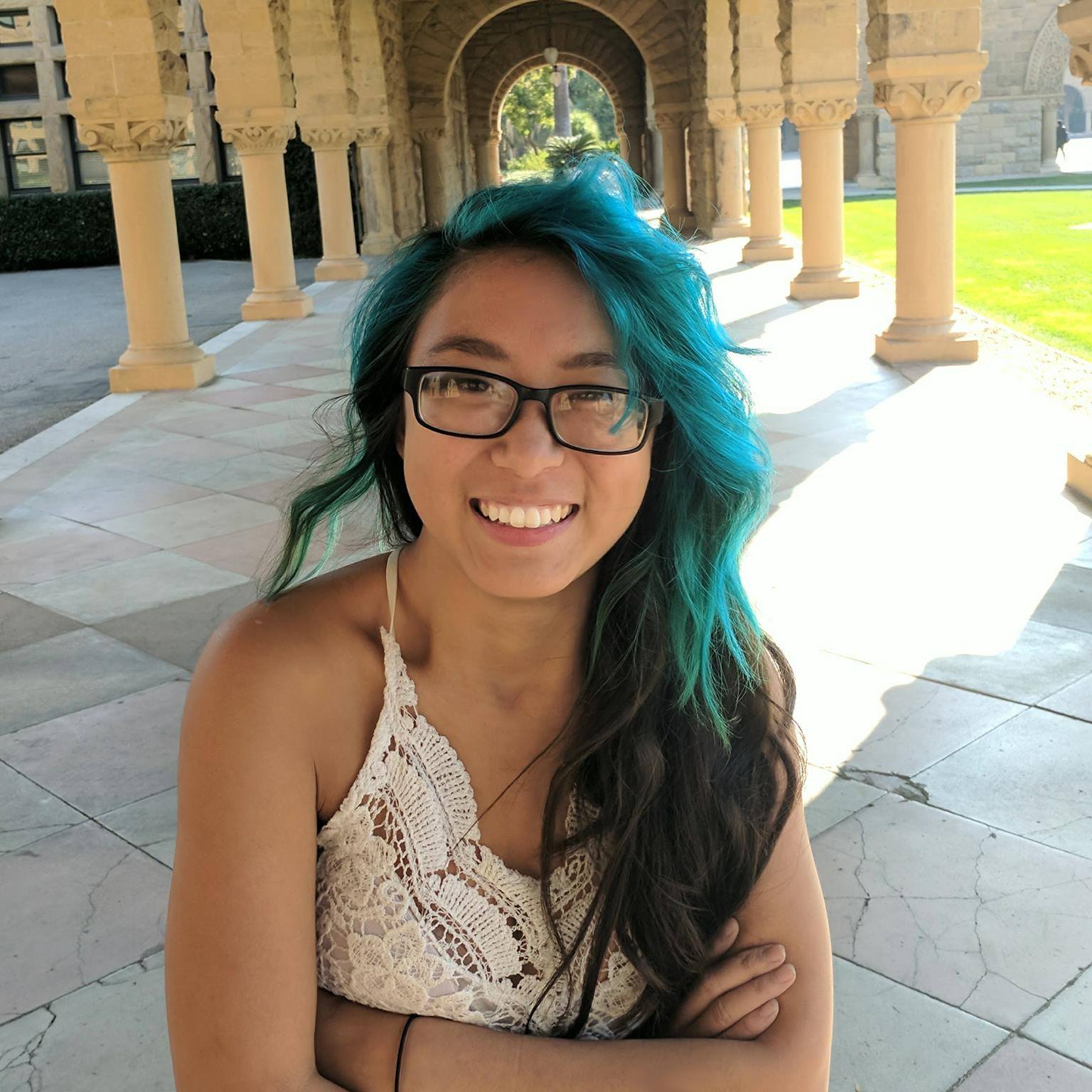
Tina Li
- Hello World creator
- Mars Rover mechanical lead
- Computer science researcher (RSI) (CURIS)
- Solar car array team member
- Stanford student (ME210) (ME203)
- ThunderChickens alumni
- Maker
Hello World
November 2014-present; Sterling Heights, MI
Hosted computer science camp for middle school girls to learn how to code websites, apps, robots, and games; hosted speakers from tech companies including Woodie Flowers from FIRST Robotics; hosted field trips to Google, University of Michigan, Microsoft, and GM; honored by Nickelodeon’s HALO Effect, White House Champions for Change, and CNN’s Young Wonders
University Rover Challenge
April 2017-present; Stanford, CA
Currently designing the suspension, chassis, and robot arm for Stanford’s inaugural team in the University Rover Challenge; using Solidworks Simulations to ensure the strength of designs; machining and welding mechanical components; overseeing testing of the rover before competition
Research Science Institute
June 2015-August 2015; Cambridge, MA
Worked with MIT’s Probabilistic Computing Lab under Dr. Vikash Mansinghka; created a simultaneous localization and mapping algorithm that used saved video footage from a drone to determine the locations of obstacles and flight path with the probabilistic computing system Venture
Stanford CURIS
June 2017-August 2017; Stanford, CA
Worked with Stanford’s IxD lab in the Human- Computer Interactions department under Dr. James Landay; developed an autonomous drone tour guide system with projected interface to direct tourists to locations and displays information; used Phantom 4, iOS programming, and OpenCV
ME210: Intro to Mechatronics
Winter quarter, freshman year; Stanford, CA
Worked with a team of three other students to create a fully autonomous robot in three weeks; learned electro-mechanical system design, how sensors work, rapid prototyping, etc.
ME203: Design & Manufacturing
Spring quarter, freshman year; Stanford, CA
Stanford's product realization class; learned machining (mill, lathe), welding, and casting; for the final project; designed a hand-turnable simple one cylinder piston to demonstrate how car engines worked
Stanford Solar Car
April 2017-September 2017; Stanford, CA
Soldered solar cells together to create modules; tested various composites to encapsulate more efficient array modules; attached array to the solar car for the 2017 World Solar Challenge; also spot welded part of the battery pack together
#217 the ThunderChickens
January 2014-June 2016; Sterling Heights, MI
Competitor for FIRST Robotics competition; programmed in C++ for both the teleoperated and autonomous portion of the swerve drive robot for 2015 season; taught and led programmers for 2016 season; wired the control system every season; aided with some manufacturing as well as outreach efforts throughout the years; programming lead, then VP of Controls